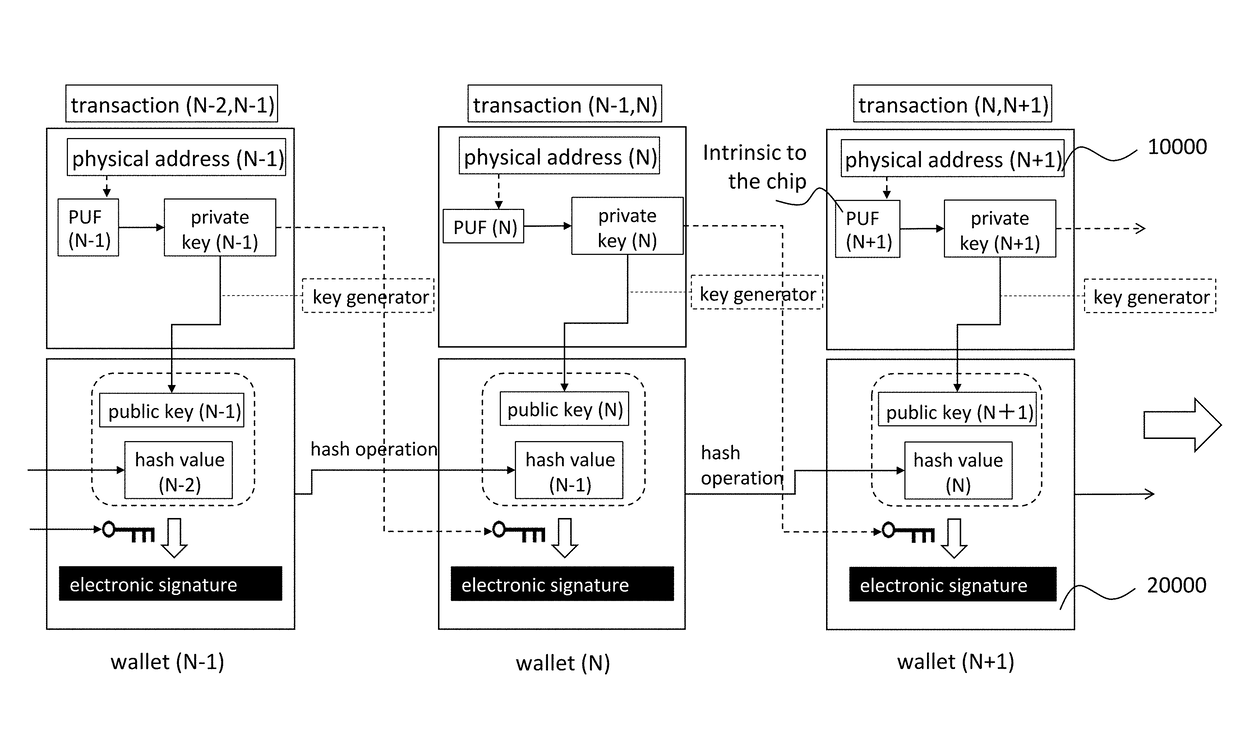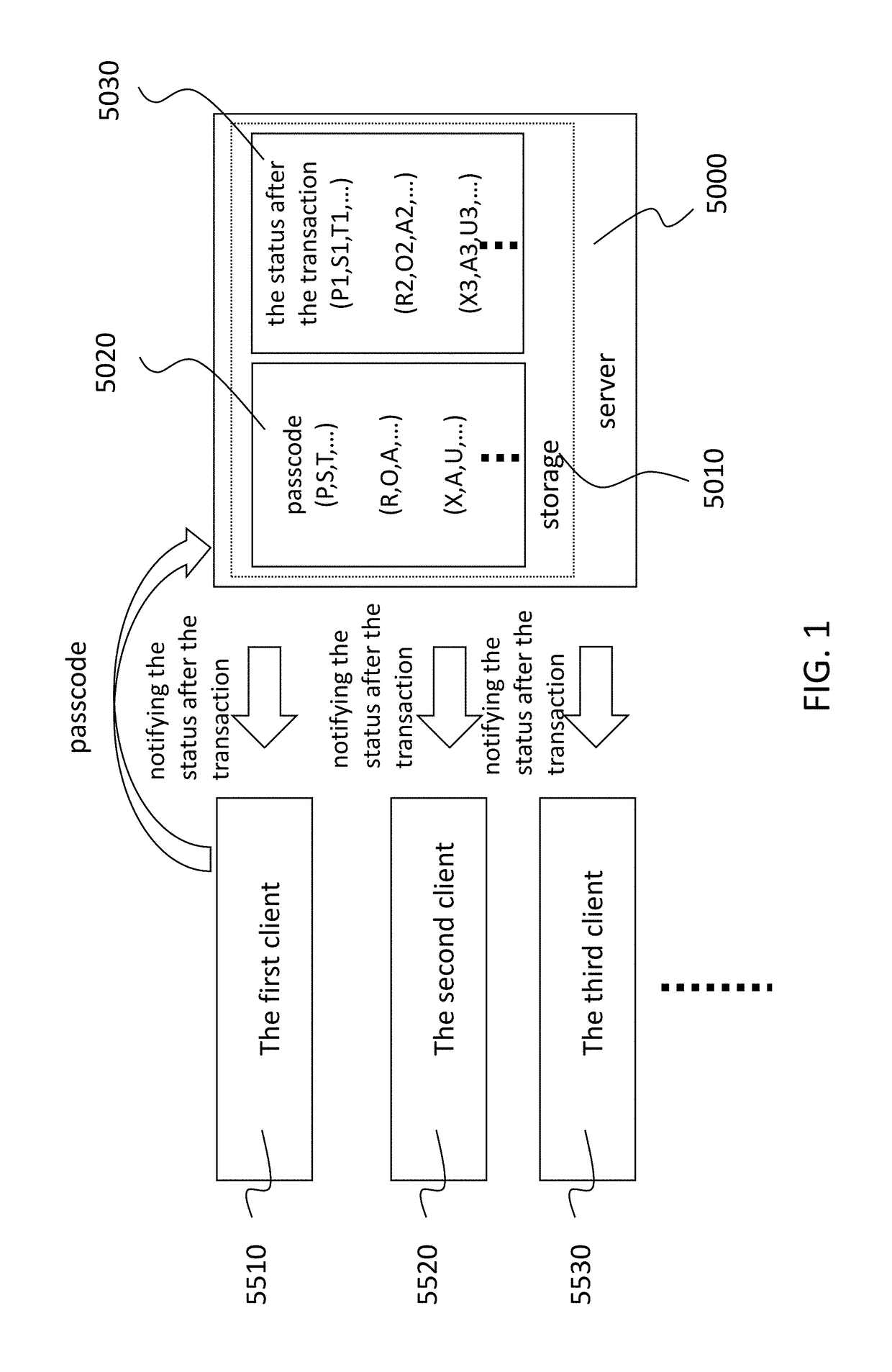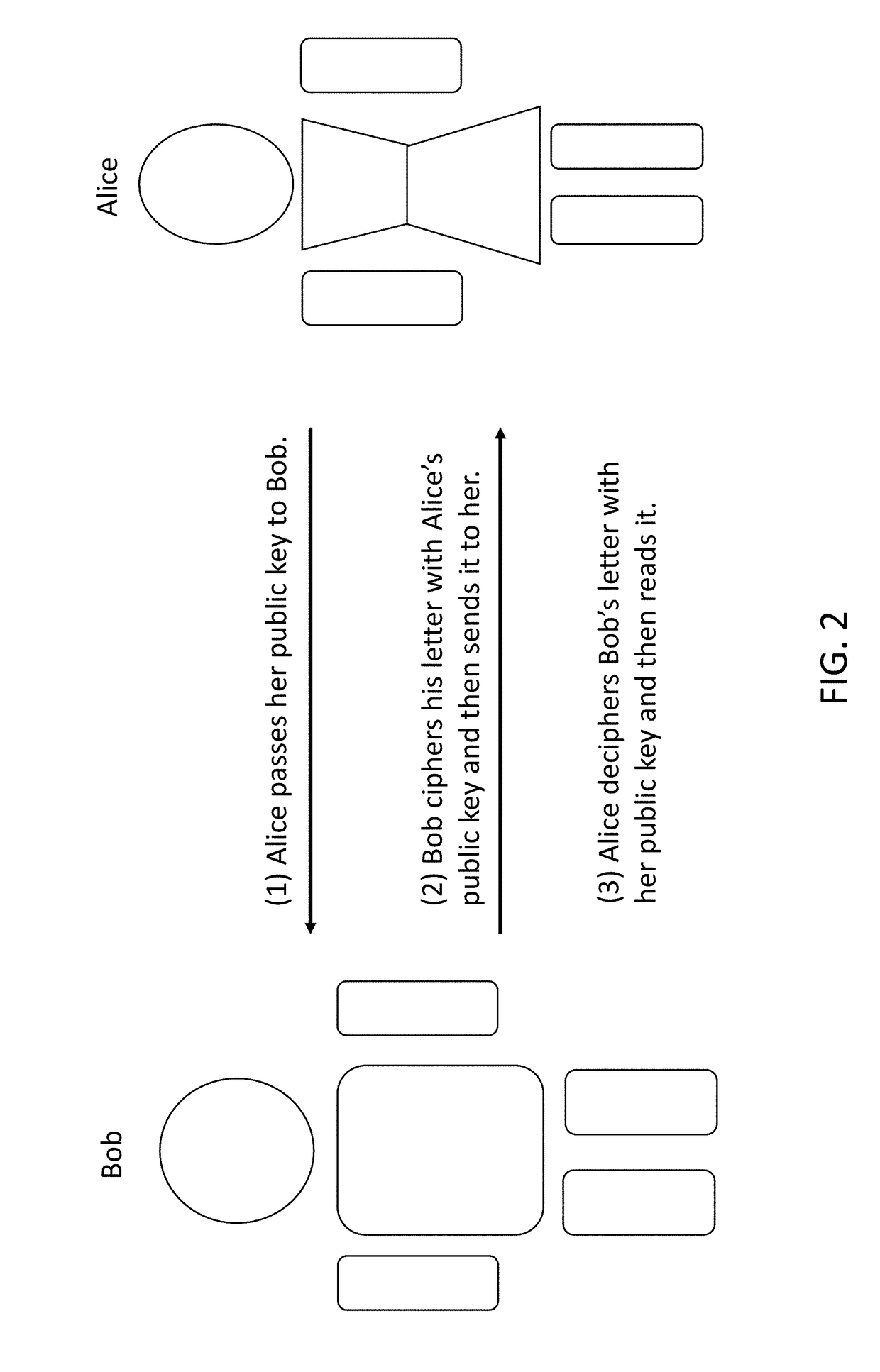However, the SWIFT is being exposed to a big security risk.
However, this news brought a big
impact as the SWIFT
system that serves as a base for all international transactions was found to be vulnerable.
While the public key and the private key are generated to form a pair, it is actually impossible to reproduce a private key from the corresponding public key.
However, if he cannot decode the encrypted message, he cannot read it.
However, since the inverse transformation of the
hash function is impossible, as is opposed to the
encryption, it must be impossible to read the information by decrypting the hash value 1.
It is because the
electronic signature cannot prevent regular owner of the private key from acting wrong.
However, there is no way to perfectly prove that the core nodes are really reliable.
Considering the remittances via a plurality of banking institutions, the number of the confirmation requests like this may be enormous.
Furthermore, each confirmation procedure costs a designated amount.
Thus, the commission rate for remittance must be more expensive than the designated lower bound.
Thereby, it is found that the
client-
server type network is not suitable for a business having a numberless small amount of remittances.
Accordingly, the transaction
hysteresis may be complicated.
Then, the
client-
server type
network service may have to cost much more since the confirmation should be required in every transaction.
However, it is impossible to inversely transform the hash value.
However, it may be generally unnecessary to date back the past transaction
record one-by-one with the hash values.
However, only one user can open (register) a new block to the public in the network at one time.
As the block chain gets longer, it may become more difficult to manipulate the transaction
record.
Since the
hash function is irreversible, as mentioned above, this tuning may cost a reasonable computational load.
This may consume a huge computational load.
On the other hand, the currency falsification is the manipulation or the illegal copy of the transaction
record.
However, once the block chain is constituted as mentioned above, even a regular user of the private key is hardly able to manipulate all of the nonce values to link the block chain.
As the block chain gets longer, the difficulty is drastically increased.
In other words, once the block chain gets longer, it must be almost impossible to manipulate the past transaction record.
However, at the moment that a new transaction is made, a regular user of the private key is able to make improper transaction. FIG. 9 illustrates an example of the improper transaction that the owner of the wallet (N) abuses the private key (N).
The inherent weak point of the block chain is, first, that the private key is appropriated by breaking the
encryption.
Next, as long as encryption is not broken, it may be the abuse of the private key by the regular users.
Furthermore, the measure to prevent the abuse of the private key has a weak point that 51%
attack is succeeded.
If the encryption is broken to reproduce the private key from the public key, it may be possible to falsify the
electronic signature with other's account and then to make improper transaction.
In this event, the electronic signature assuming today's encryption becomes invalid and then the block chain may not be used before the last bitcoin is mined.
However, there may be yet a long time from those days.
On the other hand, it is possible to thieve the active code, but the stolen active code cannot reproduce the encryption key without the PUF data.
Like this, one of the merits of PUF is found to make it difficult to copy the encryption key.
Accordingly, it is impossible to electronically read the individual
authentication of the chips via the network.
The weak point of the circuit PUF is that the individual difference is too small.
Second, the output is unstable so that it is difficult to satisfy the condition (4).
Furthermore, it is too sensitive to the external environment such as the temperature change, and is weak against the
fault attack.
In this way, the load in the designing is increased, resulting a large limit in the length of the PUF data.
It may therefore be difficult to satisfy the above condition (5).
If the PUF data itself is short, the number of the chips to be authenticated may be limited even though the output is random.
However, it is necessary to integrate the special structures that have never been used in the conventional semiconductor products, and then may generally increase the load in the fabrication process.
Therefore, it may be difficult to popularize the technology.
Apart from the above, the reliability of the
electron devices is used to form PUF (See Japan Patent No. 2015-139010), but the reliability itself is low and does not satisfy the condition (4).
This theoretically has a common problem with the latch circuit PUF.
However, as long as the program is designed by
algorithm, no program can satisfy the property of the output unpredictability.
This is, it is impossible to generate a perfect random number with any program.
It must be impossible to predict the output in response to an unknown input, even though a set of inputs and outputs is stolen.
Furthermore, it is very difficult to extract the temporal output {f(j)}, that is confined in the operational processor unit or the chip, from the register under the generation of the codes by the reverse-
engineering.
By this way, even if the temporal code {f(j)} is theft, it may be impossible to predict the output code {c(i, j)} from the physical randomness of the random number code {d(i, j)} (j=K+1 .
However, if there are several “X”s which are neither “0” nor “1”, it may be difficult to obtain the white-black
checkerboard pattern like FIG. 27.
In the case that the corresponding PUF device fails to pass the inspection like this, the PUF device may be regarded as being defective and then is discarded.
In general, between the transitions from the soft to hard breakdowns and from the non-breakdown to the
soft breakdown, it is difficult to artificially manipulate which one of them as a majority by an
electric stress.
However, if the number of the PUF cells in the
soft breakdown state is larger than the predetermined value, the data quantity may be decreased by excluding “X” and then the
information quantity of the patterns may become insufficient.
Anyway, the
diode may be broken by applying a strong
voltage stress.
In the unbroken cells, it is difficult for the
electric current to flow therethrough even if the reverse read
voltage is applied to the corresponding
diode.
Anyway, the breakdown possibility may be probabilistic and then cause physical randomness.
Moreover, the breakdown of the tunnel film may be probabilistic and then cause the physical randomness.
Between transitions from no-short to short and from short to non-short, it is difficult to artificially make one of them
gain ascendance over the other.
However, if the number of the cells in the
intermediate state is larger than a desired quantity, the randomness of the pattern may be insufficient due to the decrease of the data.
However, in general, the
aspect ratio and the
diameter of the conductive via must have unavoidable production tolerance, as illustrated in FIG. 55.
However, between the insulating breakdown and the
electromigration, it is difficult to artificially control one of them prevail.
On the contrary, the
bit line potential is unchangeable otherwise.
Furthermore, in the case that there is a plurality of PUF devices on the same chip, those PUF devices need blocks.
This is similar to the equation 1 but simplified by excluding the column element j. Furthermore, it may be understood that the ratio of “0” to “1” is unchangeable before and after the conversion in this method.
It is because the addition of the area, which occupies the fuse memories, will incur extra cost of the
semiconductor device as the row number increases.
 Login to View More
Login to View More  Login to View More
Login to View More 


